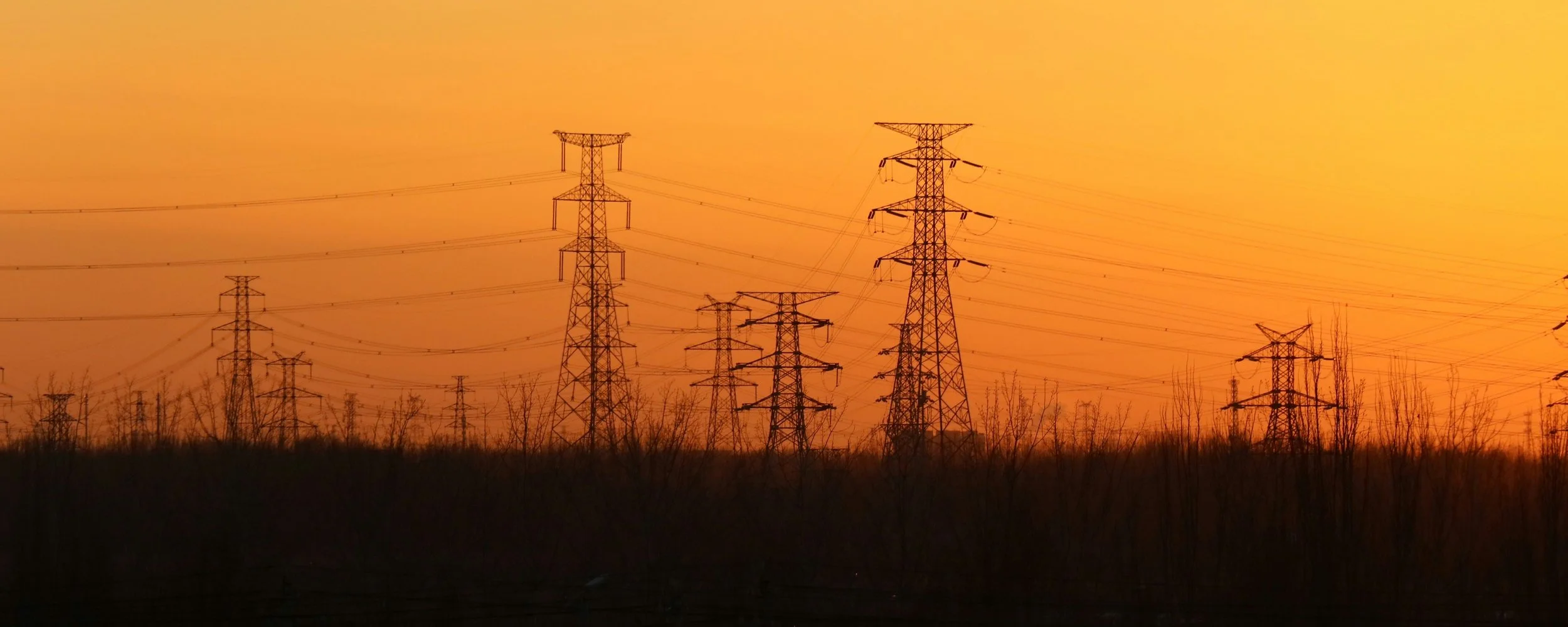The Grid Can’t Keep Up
Photo: Tinky 天奇 via Unsplash.
Why power availability - not just land or planning - is now the real bottleneck for data centre infrastructure builds
Our energy infrastructure is under unprecedented strain. The UK’s record-hot spring was only the beginning. By late June, a searing heatwave had engulfed southern Europe, with temperatures soaring past 40°C — and above 34°C at home — stretching already-stressed energy systems to their limits.
Overloaded substations, surging demand for cooling, and fragile transmission lines are no longer just seasonal flashpoints — they signal a deeper structural shift in the resilience of our energy supply and demand.
For data centre builders, this spells trouble. Projects are stalling across the UK, Ireland, Germany, and the Nordics – not because there’s no land or planning permission, but because the grid simply can’t keep up. A new report warns that poor electricity grid planning could significantly reshape Europe’s data centre geography, with connection waits ranging from 7 to 13 years in hubs like London and Frankfurt, while other regions enjoy far shorter timelines .
Hyperscale builds are facing a hard limit. AI workloads, cloud expansion, and edge computing needs are skyrocketing – but ageing grids and slow upgrades aren’t keeping pace. In West London and Dublin, connection delays of several years are becoming the norm. In Germany, utility approval timeframes regularly exceed construction schedules. Even Madrid and Milan are seeing capacity spoken for before planners pour their first slab – Madrid alone is slated to increase capacity by over 300% by 2026, largely due to these backlogs .
The catch? You can fast-track everything – design, materials, modular builds – but without power, nothing switches on. This isn’t just a utility glitch – it’s a revenue delay, an operational bottleneck, and a reputational risk.
At PGP, we’ve supported clients with expertise and hands-on capability – only to see projects wait months, even years, for grid connections. The lesson is clear: speed, adaptability, and proactive risk management now define success.
PGP’s recommended mitigations:
→ Engage utilities and authorities early to secure realistic timelines ahead of build contracts
→ Plan for hybrid power structures, including battery storage or temporary generation, to bridge energy gaps
→ Phase campus builds strategically, matching power delivery schedules to electrification waves
As a delivery partner, we focus on what we can control: rapid mobilisation, unwavering safety, and clear, consistent communication – so you’re ready to power up the moment supply arrives.
Power constraints aren’t going away. But with the right partner, they don’t have to derail your build. Talk to us about how PGP can help de-risk your project in today’s power‑strained environment.

